|
Posted on 09/05/2007 5:50:54 PM PDT by AZamericonnie
The USS NAUTILUS (SSN-571) USS Nautilus is arguably the most famous submarine in the world. She was first in many respects, including being the first nuclear submarine, first submarine to navigate under the North Pole, as well as setting many endurance records for submerged operations. She also participated in many exercises that helped to rewrite Anti-Submarine Warfare doctrine.
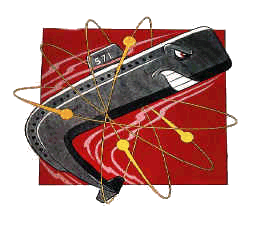

USS NAUTILUS was laid down 14 June 1952, President Harry S. Truman officiating, at the Electric Boat Co., Division of General Dynamics Corp., Groton, Connecticut; launched 21 January 1954; sponsored by Mrs. Dwight D. Eisenhower, wife of President Eisenhower, and commissioned 30 September 1954, Comdr. E. P. Wilkinson in command.
Following commissioning NAUTILUS remained at dockside for further construction and testing until 17 January 1955. Then, at 1100, her lines were cast off and she was "underway on nuclear power." Trials followed and on 10 May NAUTILUS headed south for shakedown. She remained submerged while enroute to Puerto Rico, covering 1,381 miles in 89.8 hours, the longest submerged cruise, to that date, by a submarine, and at the highest sustained submerged speed ever recorded for a period of over one hour's duration. Throughout 1955, and into 1957, she investigated the effects of the radically increased submerged speed and endurance, such changes in submerged mobility having virtually wiped out progress in anti-submarine warfare techniques. The airplane and radar, which helped defeat submarines in the Atlantie during World War II, proved ineffective against a vessel which did not need to surface, could clear an area in record time, and swiftly change depth simultaneously.
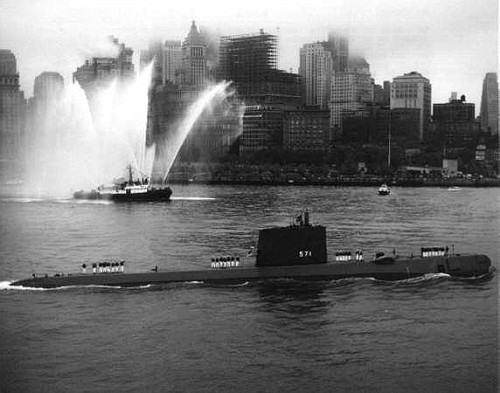
On 4 February 1957, NAUTILUS logged her 60,000th nautical mile to bring to reality the achievements of her fictitious namesake in Jules Verne's 20,000 Leagues Under the Sea. In May she departed for the Pacific Coast to participate in coastal exercises and the fleet exercise, operation "Home run," which acquainted units of the Pacific Fleet with the capabilities of nuclear submarines.
NAUTILUS returned to New London 21 July and departed again 19 August for her first voyage, of 1,383 miles, under polar pack ice. Thence, she headed for the Eastern Atlantic to participate in NATO exercises and conduct a tour of various British and French ports where she was inspected by defense personnel of those countries. She arrived back at New London 28 October, underwent upkeep, and then conducted coastal operations until the spring.
On 25 April 1958 she was underway again for the West Coast. Stopping at San Diego, San Francisco, and Seattle she began her history making Polar transit, operation "Sunshine," as she departed the latter port 9 June. On 19 June she entered the Chukchi Sea, but was turned back by deep draft ice in those shallow waters. On the 28th she arrived at Pearl Harbor to await better ice conditions. By 23 July her wait was over and she set a course northward. She submerged in the Barrow Sea Valley 1 August and on 3 August, at 2315 (EDST) she became the first ship to reach the geographic North Pole. From the North Pole, she continued on and after 96 hours and 1830 miles under the ice, she surfaced northeast of Greenland, having completed the first successful voyage across the North Pole.
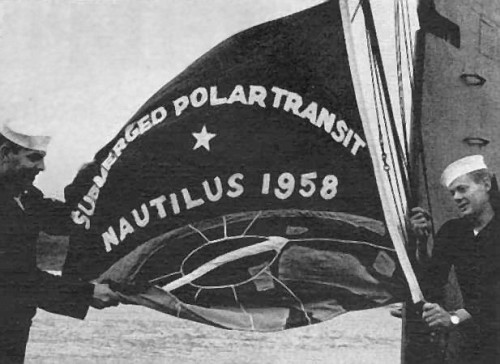
Proceeding from Greenland to Portland, England, she received the Presidential Unit Citation, the first ever issued in peace time, from American Ambassador J. H. Whitney, and then set a westerly course which put her into the Thames River estuary at New London 29 October. For the remainder of the year she operated from her homeport, New London, Connecticut.
Following fleet exercises in early 1959, NAUTILUS entered the Portsmouth Naval Shipyard, for her first complete overhaul (28 May 1959 - 15 August 1960). Overhaul was followed by refresher training and on 24 October she departed New London for her first deployment with the 6th Fleet in the Mediterranean, returning to her homeport 16 December.
NAUTILUS operated in the Atlantic, conducting evaluation tests for ASW improvements, participating in NATO exercises and, during the fall of 1962, in the naval quarantine of Cuba, until she headed east again for a two month Mediterranean tour in August 1963. On her return she joined in fleet exercises until entering the Portsmouth Naval Shipyard for her second overhaul 17 January 1964. On 2 May 1966, NAUTILUS returned to her homeport to resume operations with the Atlantic Fleet. For the next year and a quarter she conducted special operations for ComSubLant and then in August 1967, returned to Portsmouth, for another year's stay, following which she conducted exercises off the southeastern seaboard. She returned to New London in December 1968, and into 1970 she continued to participate in operations as a unit of the 2nd Fleet.
General Characteristics: Awarded: August 2, 1951
Keel laid: June 14, 1952
Launched: January 21, 1954
Commissioned: September 30, 1954
Decommissioned: March 3, 1980
Builder: Electric Boat Division of General Dynamics Corporation, Groton, CT.
Propulsion system: one nuclear reactor
Propellers: two
Length: 324 feet (98.75 meters)
Beam: 27.8 feet (8.47 meters)
Draft: 22 feet (6.7 meters)
Displacement: Surfaced: approx. 3,530 tons Submerged: approx. 4,090 tons
Speed: Surfaced: approx. 22 knots Submerged: approx. +20 knots
Armament: six 533 mm torpedo tubes
Crew: 13 Officers, 92 Enlisted
In the spring of 1979, NAUTILUS set out from Groton, Connecticut on her final voyage. She reached Mare Island Naval Shipyard, Vallejo, California on May 26, 1979 - her last day underway. She was decommissioned on March 3, 1980 after a career spanning 25 years and over half a million miles steamed.
In recognition of her pioneering role in the practical use of nuclear power, NAUTILUS was designated a National Historic Landmark by the Secretary of the Interior on May 20, 1982. Following an extensive historic ship conversion at Mare Island Naval Shipyard, NAUTILUS was towed to Groton, Connecticut arriving on July 6, 1985.
On April 11, 1986, eighty-six years to the day after the birth of the Submarine Force, Historic Ship NAUTILUS, joined by the Submarine Force Museum, opened to the public as the first and finest exhibit of its kind in the world, providing an exciting, visible link between yesterday's Submarine Force and the Submarine Force of tomorrow.
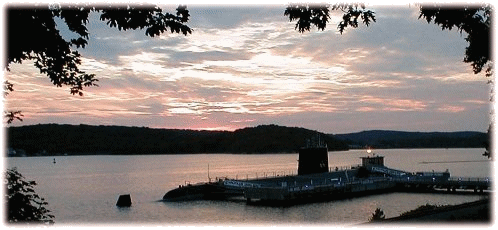
|
/
I’ve been aboard, at Groton-New London back in 1997. Fantastic museum experience. Claustrophobics, Beware!
/ back atcha!:) Good evening Sandy! *Hugs*
I might have a hard time with it!
Good evening buccaneer81, how neat you got to tour it.
Good evening all!
Yoboseyo!
A very good evening to you Tann...hope your week is going well!
And to you Tamar! I trust you are well?
It wasn’t all without problems. My second cousin was on that sub.
Good evening familyop & thanks for joining us.
I was reading some of the accidents earlier. I hope your cousin was safe from them!
Back in a bit....
HiYa AZ!!! ***HUGS***
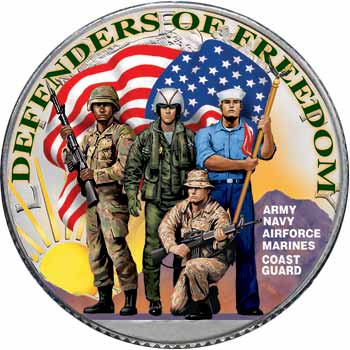
CLICK HERE TO FIND LATEST THREAD

![]()

CLICK FOR Current local times around the world
CLICK FOR local times in Seoul, Baghdad, Kabul,
New York, Chicago, Denver, Los Angeles, Anchorage
The FR Canteen is Free Republic's longest running daily thread
specifically designed to provide entertainment and moral support for the military.
The doors have been open since Oct 7 2001,
the day of the start of the war in Afghanistan.
We are indebted to you for your sacrifices for our Freedom.
Some links are broken. These are being worked on.
BOO!
Evening Connie. Thanks for tonight’s thread.:)
(((hugs)))
Very interesting. I ought to read RUN SILENT, RUN DEEP for greater appreciation.
Disclaimer: Opinions posted on Free Republic are those of the individual posters and do not necessarily represent the opinion of Free Republic or its management. All materials posted herein are protected by copyright law and the exemption for fair use of copyrighted works.